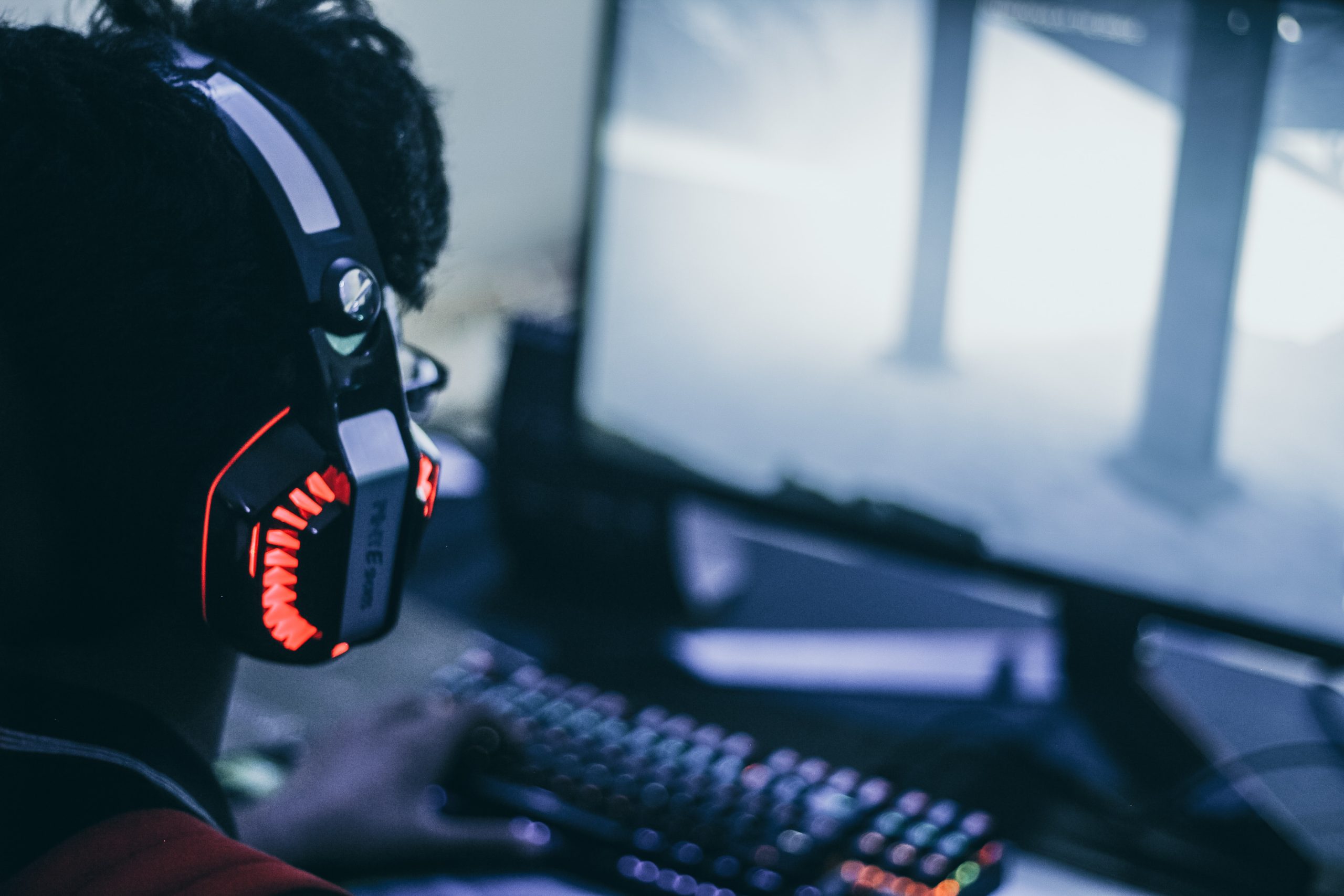As the world of gaming continues to evolve and become more competitive, one common frustration among gamers is lag – the delay between input and action in video games. Lag can disrupt the gaming experience, resulting in decreased performance and frustration for players. However, fear not, as there are steps you can take to reduce video game lag and level up your gaming. In this article, we will explore three easy steps to help you reduce video game lag and optimize your gaming experience.
Step 1: Check Your Hardware and Internet Connection
One of the primary causes of video game lag is hardware or internet connection issues. Outdated hardware, such as an old graphics card or insufficient RAM, can struggle to keep up with the demands of modern games, resulting in lag. Similarly, a slow or unstable internet connection can cause lag as data packets take longer to reach the game server and back to your device.
To address these issues, start by checking your hardware specifications and ensure they meet the recommended requirements for the games you play. Upgrading your graphics card, adding more RAM, or getting a faster processor can significantly improve your gaming performance. Additionally, make sure your internet connection is stable and has low latency. Consider using a wired connection instead of Wi-Fi, closing bandwidth-heavy applications, and resetting your modem/router to optimize your internet speed.
Step 2: Update Your Drivers and Game Settings
Outdated drivers can also cause video game lag. Graphics card drivers, in particular, play a crucial role in optimizing gaming performance. Make sure to regularly update your graphics card drivers to the latest version provided by the manufacturer. This can help fix bugs, improve performance, and reduce lag in games.
In addition, adjusting your in-game settings can also make a difference. Lowering graphics settings, reducing screen resolution, disabling unnecessary background processes, and turning off features like motion blur or V-sync can help reduce the strain on your hardware and improve game performance.
Step 3: Optimize Your Gaming Environment
The gaming environment can also impact lag. Overheating of your device due to poor ventilation, dust accumulation, or inadequate cooling can cause performance issues and lag. Ensure your gaming device is properly ventilated, clean from dust, and has sufficient cooling to prevent overheating.
Furthermore, other devices connected to your network can also impact gaming performance. Close bandwidth-heavy applications or downloads on other devices, and prioritize gaming traffic on your router settings to reduce network congestion and lag.
In conclusion, lag is a common frustration among gamers, but it can be addressed with simple steps to optimize your gaming performance. By checking your hardware and internet connection, updating your drivers and game settings, and optimizing your gaming environment, you can reduce video game lag and level up your gaming experience. Remember to always adhere to journalistic ethics by fact-checking and verifying information, and providing accurate reporting to help fellow gamers improve their gaming performance and enjoy a seamless gaming experience. Happy gaming!




